Canada is a country woven from a rich cultural fabric, built on traditions both big and small. From winter festivals to Sunday family dinners, these customs have shaped Canadian life for generations. But many of them are quietly fading, like the last light of dusk.
Some of this is the natural evolution of society—habits shift, technology reshapes our daily lives, and global influences seep in. Yet, when traditions disappear, they take a piece of our identity with them. What happens when we wake up one day and realize the things that once defined Canada have become distant memories?
Here’s a look at 24 Canadian traditions that are slipping away—and why their loss matters more than we might think.
The Art of Sending Christmas Cards

Remember when handwritten cards and letters arrived in the mailbox, carrying heartfelt messages that truly meant something? Nowadays, most holiday greetings come as quick texts or generic e-cards. While convenient, they often feel impersonal—leaving us longing for the warmth and nostalgia of the past.
Sunday Family Dinners

Sundays were once a time for family and togetherness—a day to gather around the table, share a meal, and catch up on life. It was a tradition that brought warmth and connection. But now? Busy schedules, scattered lives, and screens have taken over, making those moments rarer than ever.
Saying “Merry Christmas” Instead of “Happy Holidays

Over time, a subtle yet significant shift has emerged in holiday greetings. To avoid offending anyone, many Canadians now opt for a more neutral phrase like “Happy Holidays” instead of the traditional “Merry Christmas.” While some view this change as a gesture of inclusivity, others see it as a loss of cultural heritage and tradition.
Ice Fishing as a Winter Pastime

Many Canadian families used to do ice fishing; it used to be a rite of passage. But now, very few young people are interested in outdoor activities, and with warming winters making ice conditions less predictable, this once-popular pastime is slowly fading.
The Canadian Penny

Technically, this one didn’t just fade away—it was retired. But there was something uniquely Canadian about handling those tiny copper coins, even if they were mostly cluttering up pockets.
Playing Street Hockey Until Dark
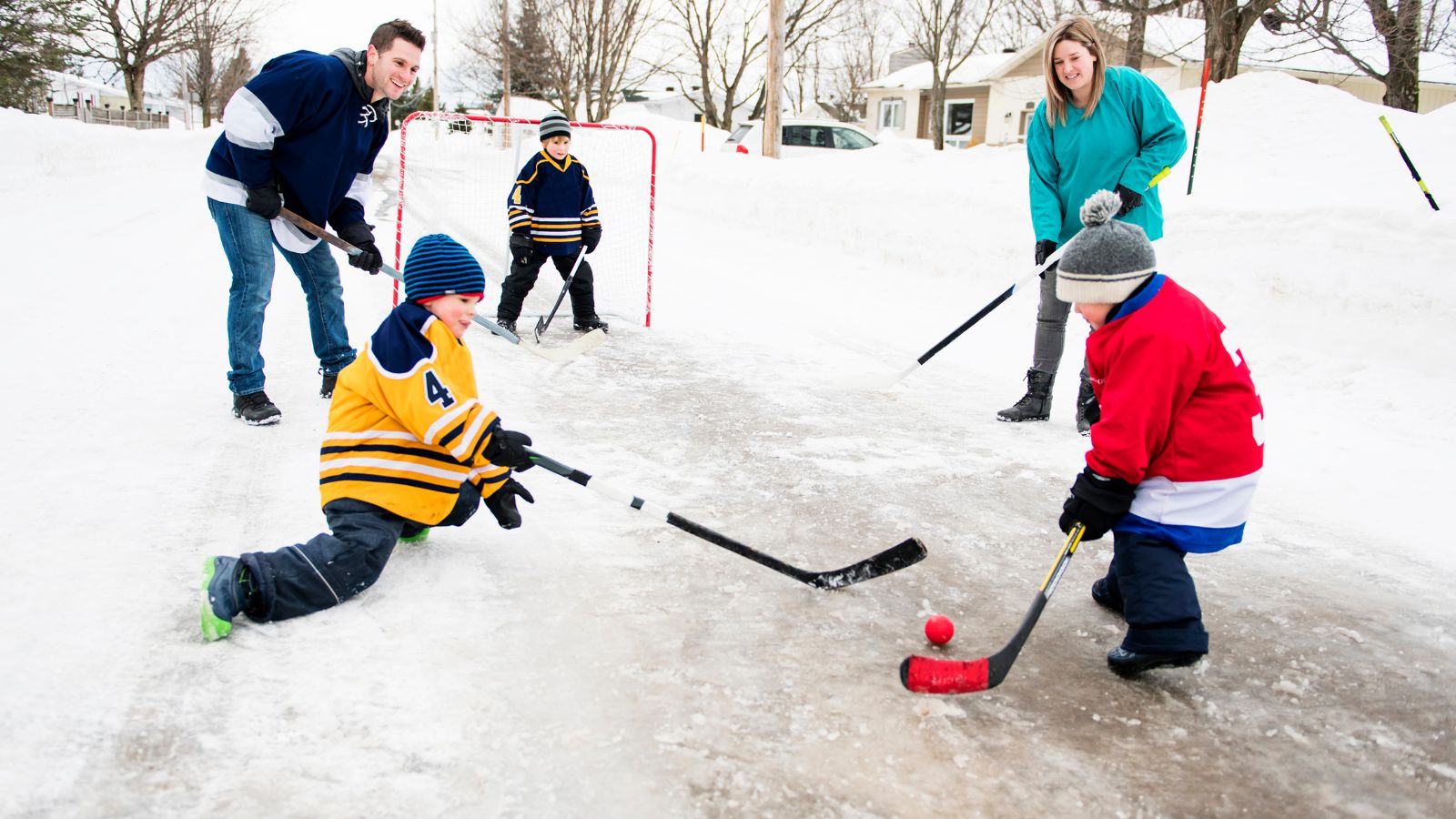
Once upon a time, “Car!” was the universal signal for kids to clear the road during a street hockey game. But today, it’s rare to see kids playing outside for hours. Blame video games, smartphones, or busier schedules, but the magic of pickup hockey is fading.
Writing Cheques

Cheques were formerly a commonplace aspect of financial life. However, they aren’t exactly the most exciting work. These days, tap payments and e-transfers have essentially rendered them obsolete.
Tim Hortons: Being a Canadian Institution

In the past, Tim Hortons seemed like a genuine Canadian icon. However, the quality, menu, and general atmosphere have changed after being bought by a Brazilian corporation, making many devoted customers feel as though something is off.
The Beaver as a National Symbol
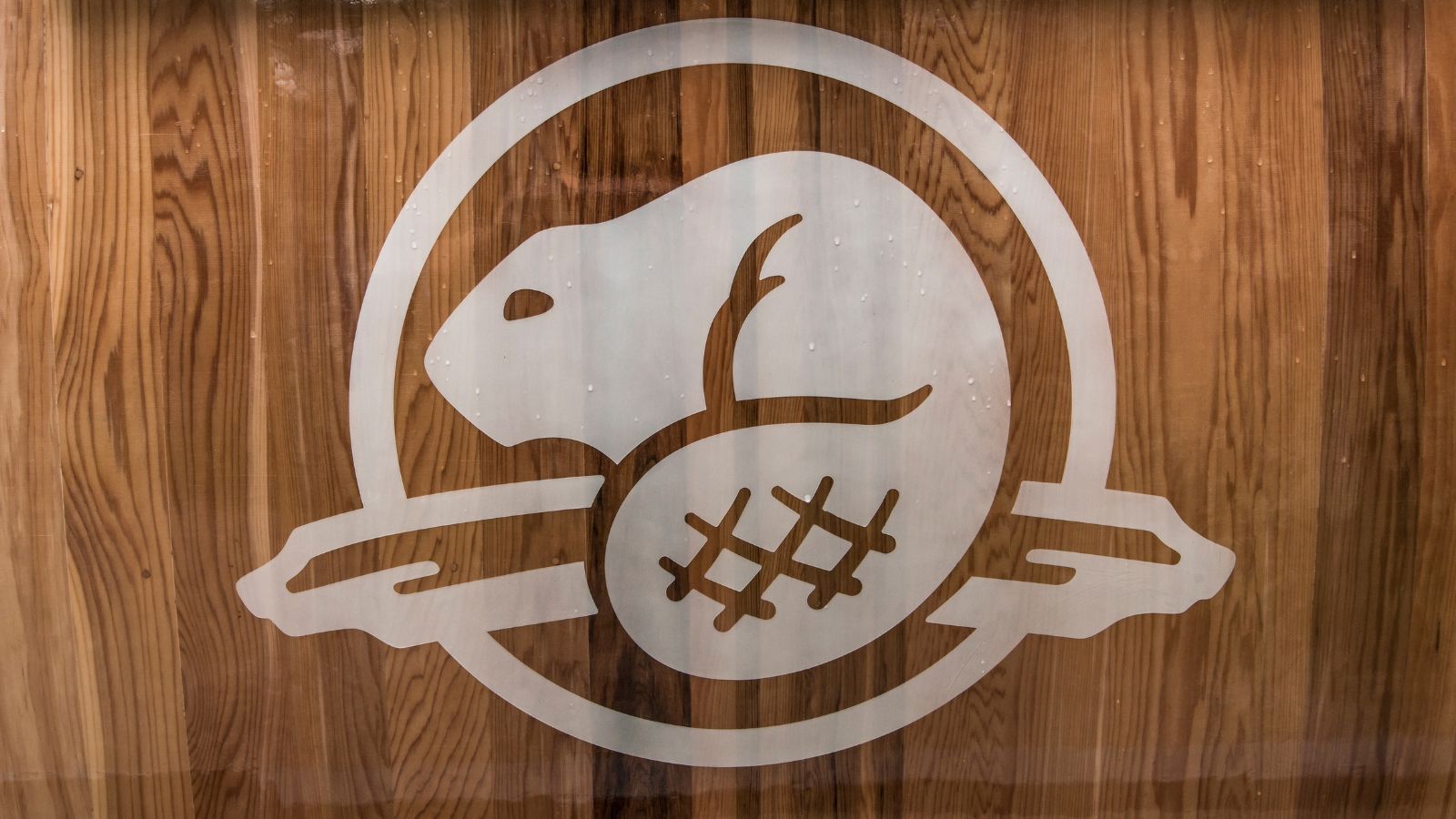
Beaver was once a central part of Canada’s identity, believe it or not. But over time it’s losing its importance. With more focus on modern branding, icons like the maple leaf and the moose are taking over as the go-to symbols.
Neighbourhood Block Parties

There was a time when people used to come together for summer block parties—potlucks, BBQs, kids running around. Now? Most people barely know their neighbors.
Watching CBC News as the Go-To Source for Information

For news, Canadian homes used to watch CBC eagerly. However, younger generations are completely avoiding traditional broadcasts due to the growth of social media and alternative news sources.
The Tradition of Politeness

Canadians have long been known for being overly polite—sometimes to a fault. But let’s be honest: road rage, online arguments, and general impatience are making the “sorry-first” culture a little less common.
Eating Kraft Dinners as a Staple Meal
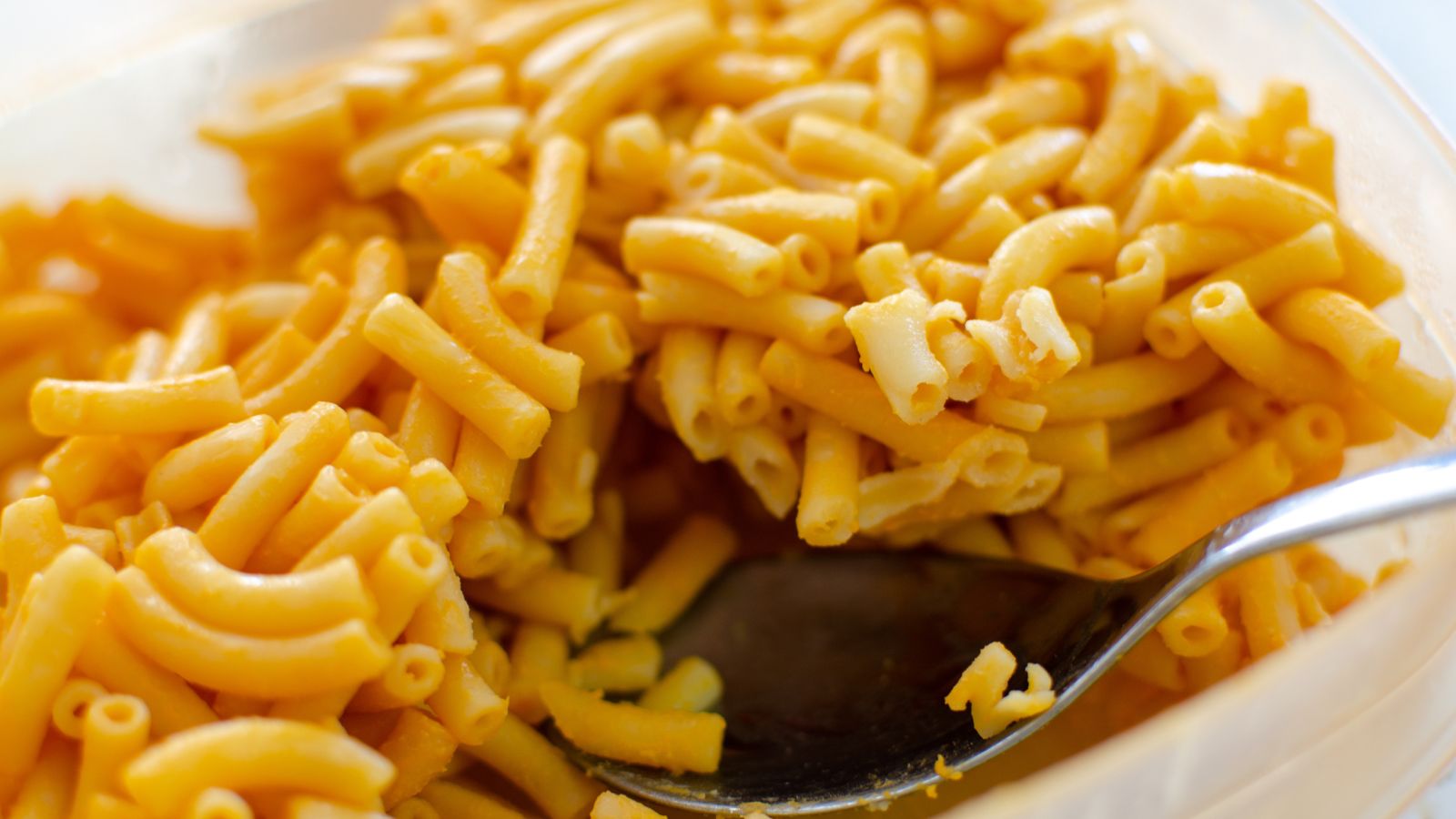
Sure, people still eat KD, but it doesn’t hold the same iconic status it once did. With the rise of healthier eating trends and international food options, plain old mac and cheese doesn’t have the same appeal.
Singing the National Anthem in Schools

O Canada was once sung in schools every morning, but in some districts, this custom is dwindling—it may be phased out temporarily or not enforced at all.
Camping Without Modern Comforts

Camping used to mean truly roughing it—no WiFi, no luxury amenities, just a tent, a fire, and the great outdoors. But today, many campsites cater to a more comfortable experience, blurring the line between camping and glamping. While the essence of camping is about disconnecting and embracing nature, many struggle to part with their phones, making true wilderness camping increasingly rare.
Collecting Canadian Tire Money
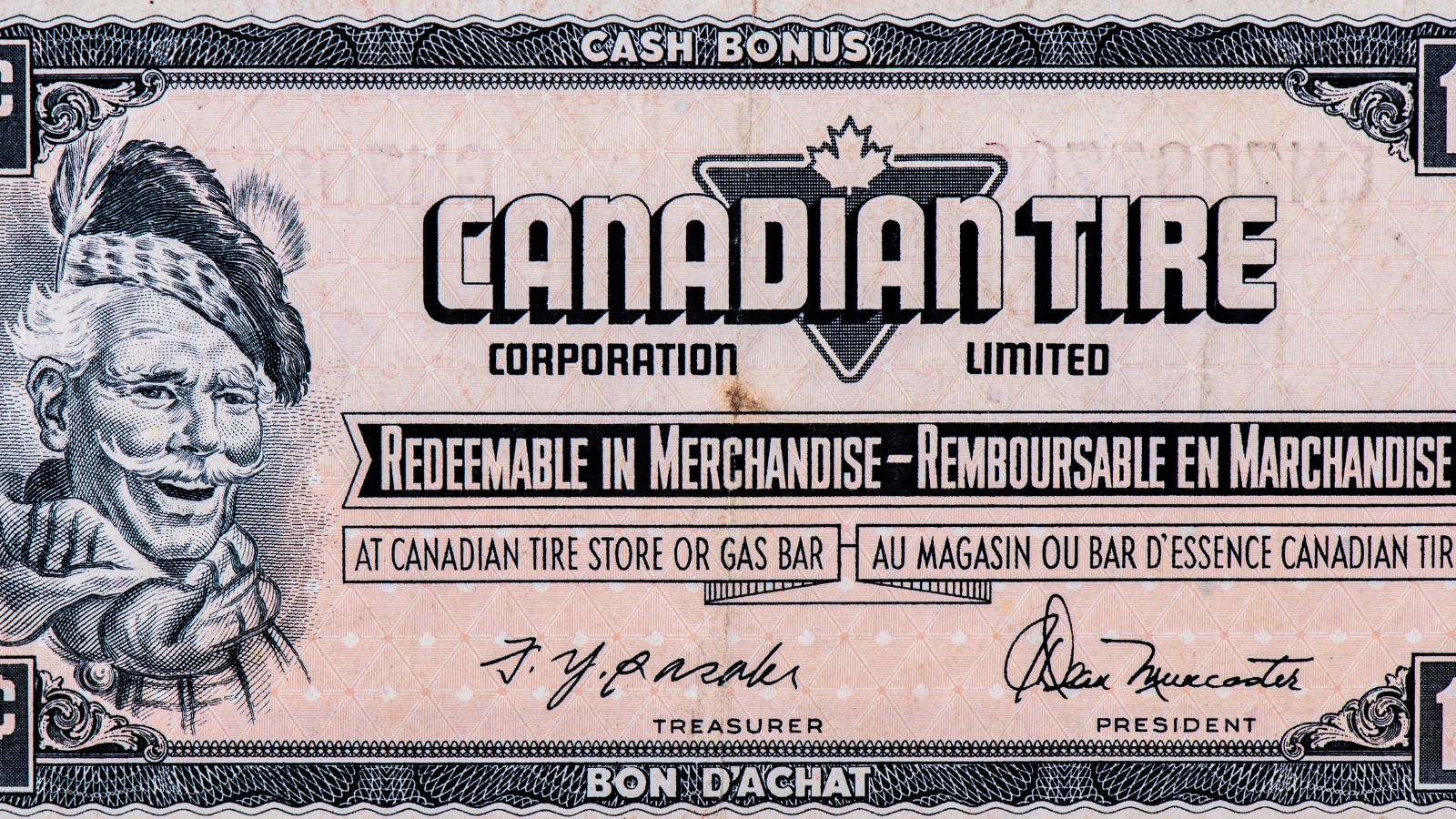
Canadian Tire’s quirky in-store money was a charming little perk for decades. However, actual Canadian Tire currency is rapidly disappearing as digital rewards schemes take their place.
Calling It “Pop” Instead of “Soda”

Even the terms that are used to distinguish Canadians from Americans are evolving. Young Canadians are using “soda” more often than “pop” due to media and worldwide branding.
Lining Up for Boxing Day Sales

There was a time when Canadians braved the cold for insane Boxing Day deals. Now, Black Friday (imported from the U.S.) and online shopping have changed the game.
Handwritten Letters from Santa Claus (Courtesy of Canada Post)

Although the Santa letter-writing program is still in place, the custom of writing to Santa and receiving a customized answer isn’t as common as it once was because children prefer spending more time in front of computers.
Talking to Strangers on Public Transit

There was a time when riding the bus or subway meant having casual conversations with strangers, where they used to interact and share insights and views about things. Now? Most people are staring at their phones, headphones in, avoiding eye contact.
The Small-Town General Store
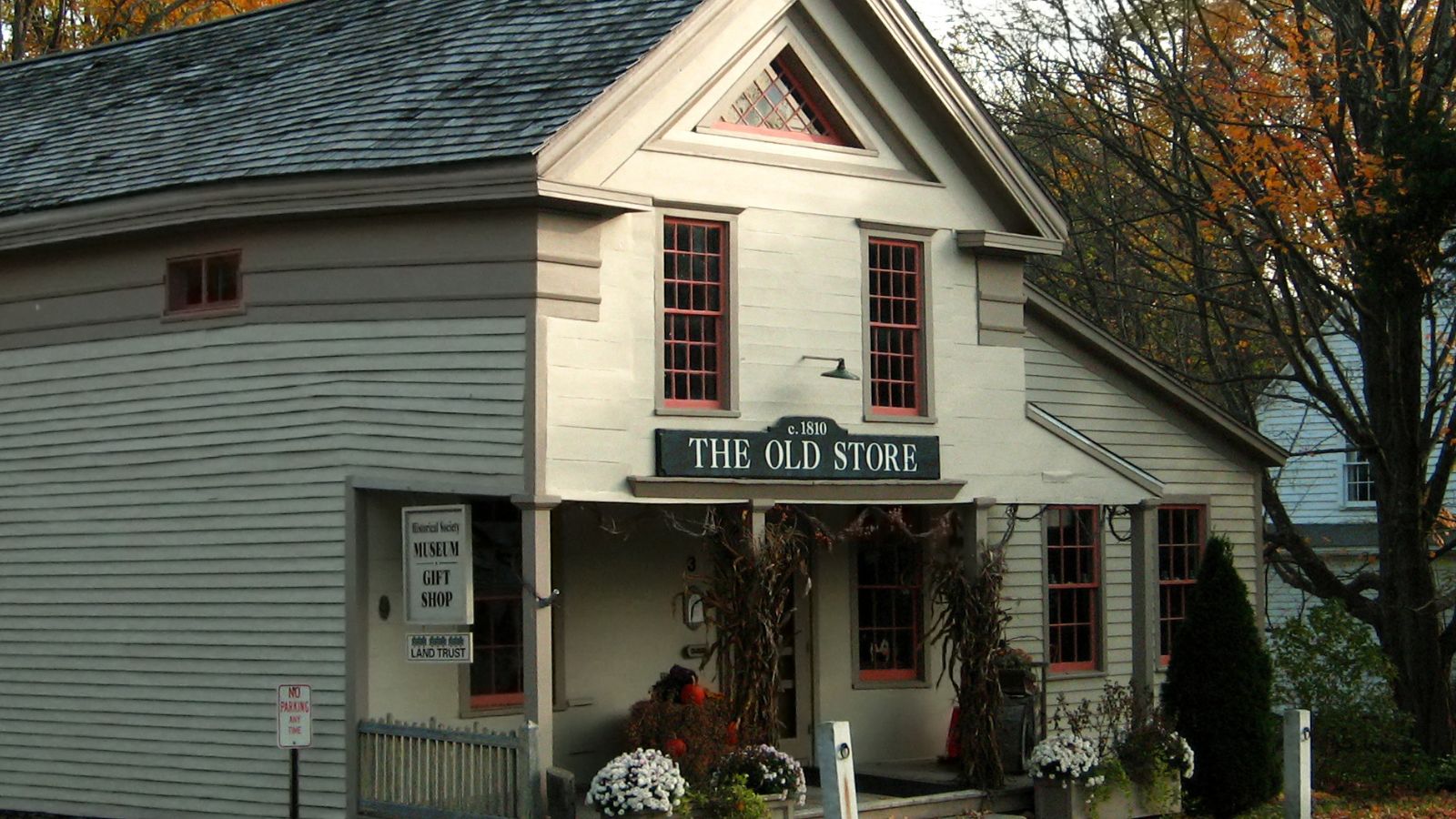
In many small towns, the general store was a hub for everything—groceries, mail, local news. But big-box retailers and online shopping have pushed many of these community staples out of existence.
Fishing Derbies and Local Competitions

Community fishing contests were once a staple of summer in many Canadian municipalities. However, changing regulations and declining participation have led to many of these events disappearing altogether.
Playing Cards at the Kitchen Table

Euchre, cribbage, poker—family card games used to be the best way to spend free time. Now, mobile phones have replaced face-to-face entertainment, and the deck of cards gathers dust. However, people now do play online games together, but there is something that misses what cards and board games used to have.
Small-Town Newspaper Delivery

There was a time when newspapers were a daily ritual, delivered right to doorsteps by bicycle couriers. Reading the morning paper was a cherished habit, but with digital news taking over, small-town newspapers—and the tradition of reading a physical copy—are slowly fading away.
Conclusion

Change is inevitable—not every tradition is meant to last forever. But traditions shape a country’s identity, creating shared experiences, a sense of belonging, and a connection to the past. When too many fade away, we lose something intangible. Perhaps it’s time to bring a few back. Organize a neighborhood BBQ. Write a Christmas card. Play a game of street hockey. Because once a tradition disappears, reviving it isn’t always easy.
25 Countries Predicted to Become Economic Superpowers in the Next 20 Years

The strength of an economy plays a crucial role in various international policies about trade and relations. Certain factors determine the strength of an economy, including population growth, availability of resources, and development and advancement. Here are 25 countries predicted to become economic superpowers in the next 20 years
25 Countries Predicted to Become Economic Superpowers in the Next 20 Years
